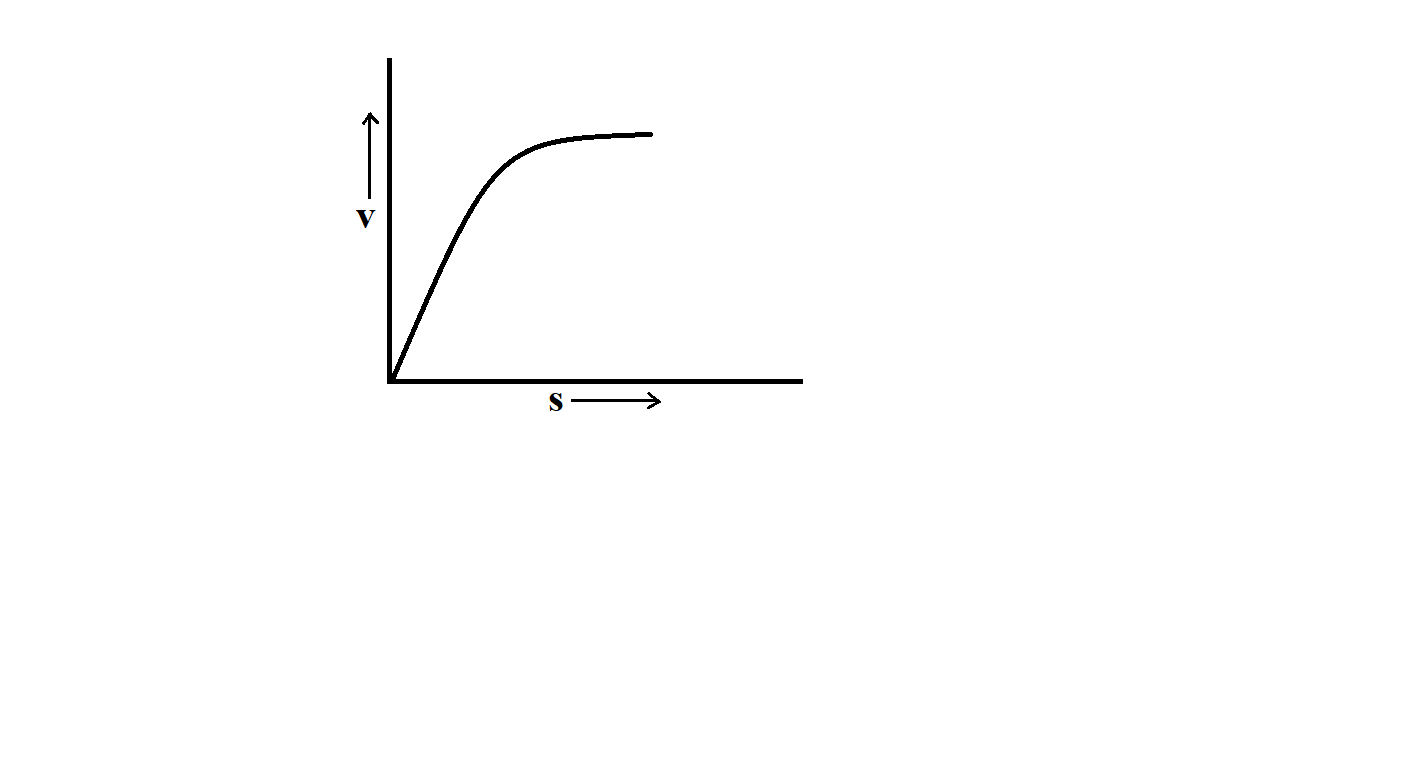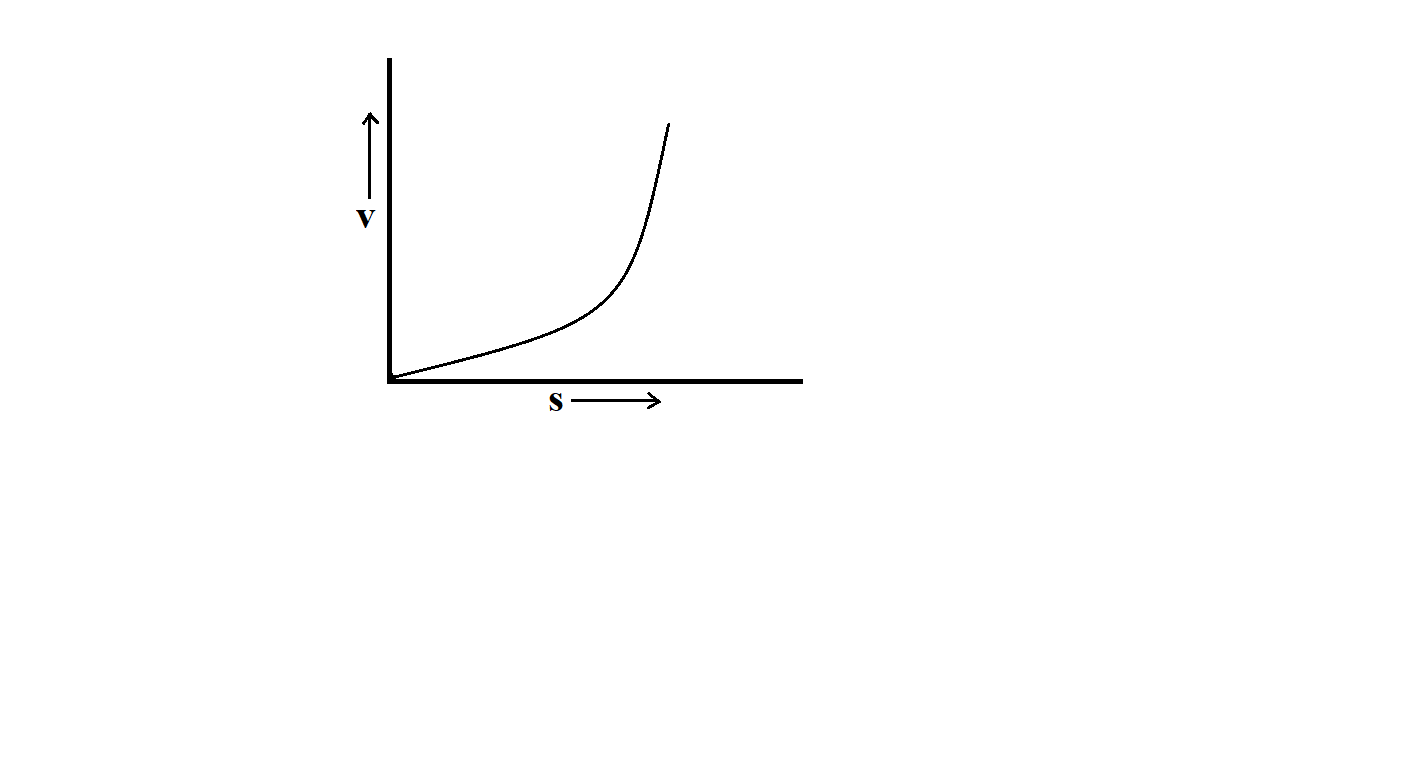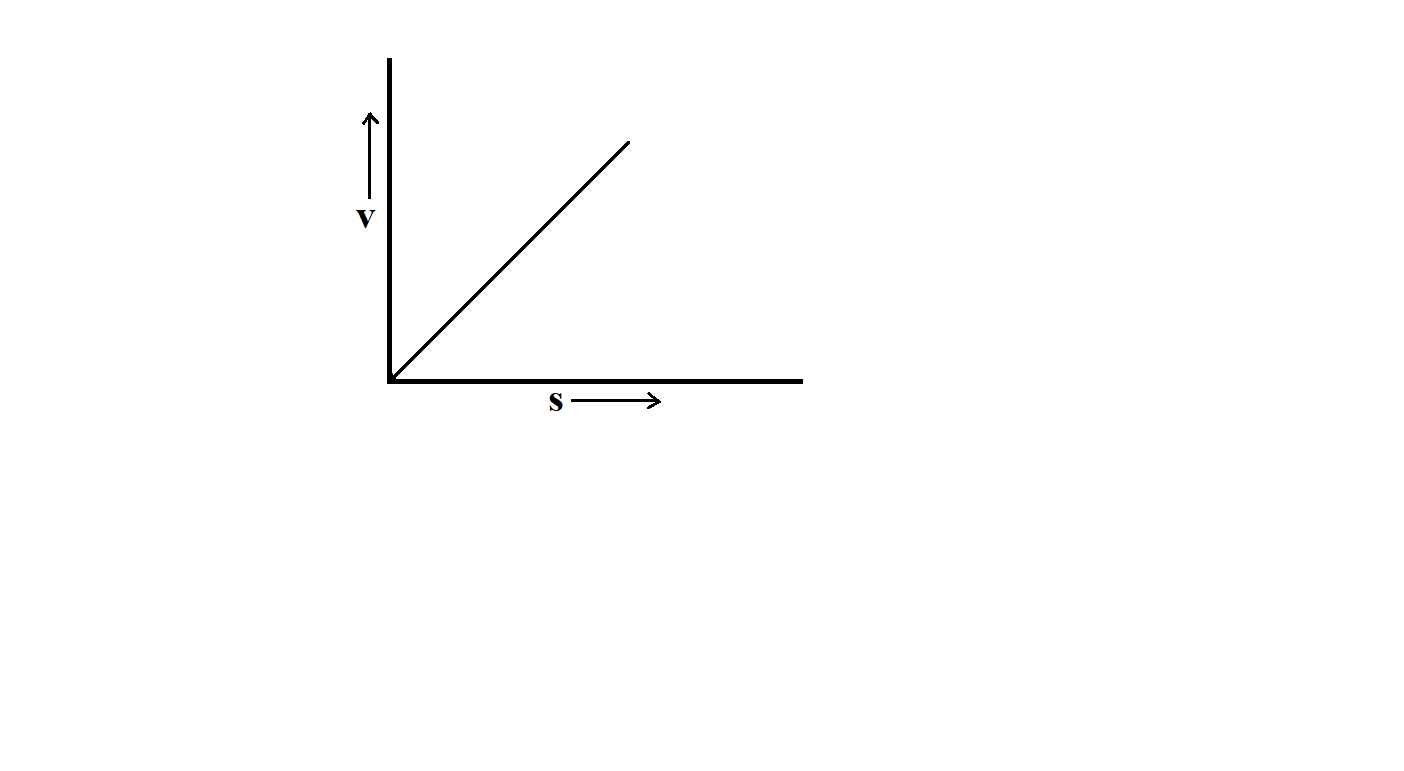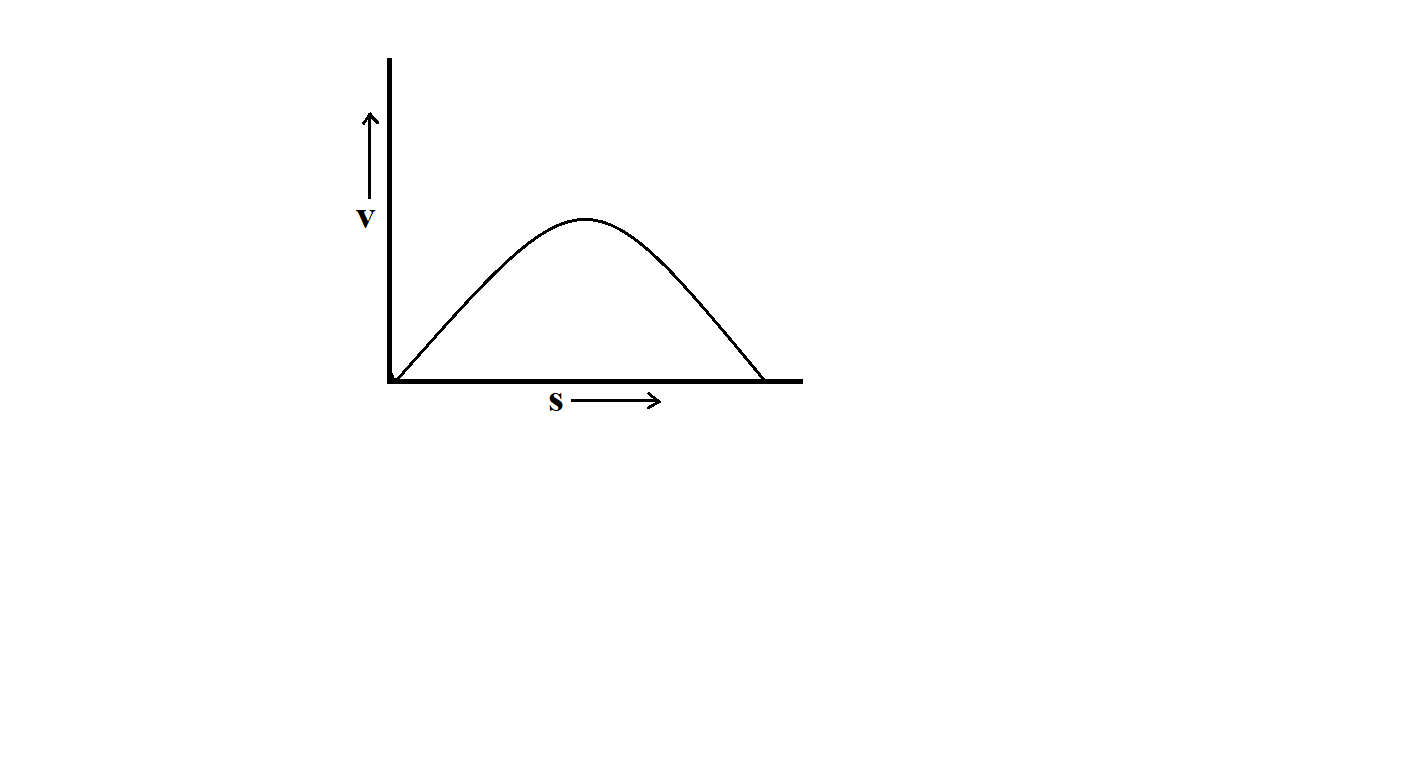Question
Question: A lead shot of \(1mm\) diameter falls through a long column of glycerin. The variation of the veloci...
A lead shot of 1mm diameter falls through a long column of glycerin. The variation of the velocity (v) with distance covered (s) is correctly represented by
A.
B.
C.
D.
Solution
Hint: When an object moves through a viscous fluid, buoyant force and viscous force acts on the body in opposite directions. When viscous force becomes equal to the buoyant force, the object acquires a constant speed in the fluid.
Formula used:
F=6πηrv
The viscous drag force on a sphere of radiusrmoving with a velocity v in a fluid of viscosity η is given by Stokes’ law.
F=6πηrv
Complete step by step answer:
The viscosity of a fluid is the measure of its resistance to deformation at a given rate. Viscous force acting on an object in a fluid is proportional to the rate at which the fluid velocity is changing in space. The proportionality constant is the viscosity.
The viscous drag force on a sphere of radius r moving with a velocity v in a fluid of viscosity η is given by Stokes’ law.
F=6πηrv
The viscous force acting on a body is directly proportional to the following parameters:
the radius of the spherical body
coefficient of viscosity
the velocity of the object
Terminal velocity: The constant speed which a freely falling body acquires eventually when the resistance of the medium, say fluid, through which it is falling prevents further acceleration. It is the maximum velocity acquired by the object as it falls through a fluid.
Expression for terminal velocity,
v=9η2r2(ρ−ρo)
Where,
v is the terminal velocity of object
ρo is the density of fluid
ρ is the density of the object
In the beginning due to gravitational pull, the lead shot will be accelerated and hence will move, with increasing velocity for some time. When the viscous force balances the gravitational force, then the shot will continue moving with a constant velocity. While in the beginning, the velocity of shot is not fully linear with the effective distance covered by the shot.
Hence, the correct option is A.
Note: While calculating the terminal velocity, gravitational force is not taken into consideration since we only have to consider the variable forces only, that is buoyant force and the viscous force.
